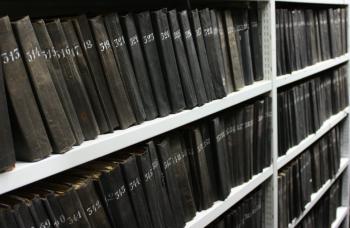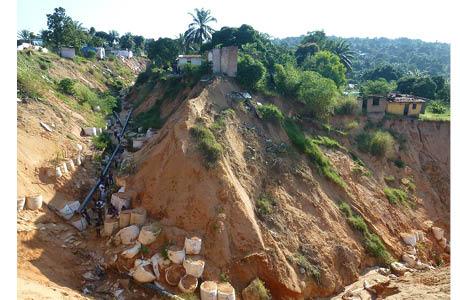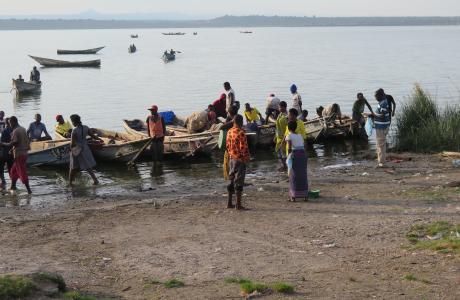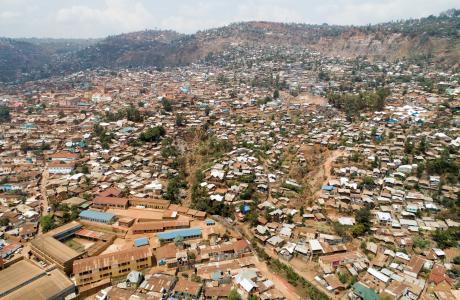New Archives platform now online
Archives.Africamuseum.be provides a glimpse of the museum’s collection of archives. There, a database gives site visitors access to descriptions of the contents of the RMCA historical archives.

3 km of archives
The RMCA has no fewer than 3 kilometres of historical archives, produced between the mid-19th century and today. Since its creation in 1898, the museum has been keeping the archives of private individuals, companies, and institutions associated with the Congo Free State, the Belgian Congo, Zaire, the Democratic Republic of the Congo, and Central Africa in general. In addition to major archival fonds from individuals and companies from the colonial and post-colonial era, the RMCA also holds the personal archives of the journalist and explorer Henry Morton Stanley, which are of great historical value. As a research institute, the museum has also produced significant archives of its own.
Finding information more quickly
‘The new database is a giant leap for archive users,’ said Dieter Van Hassel, who is responsible for information management and digitization. ‘With the platform, users can search all of the museum’s archives using a single search portal. In the past, inventories were scattered so multiple searches had to be carried out simultaneously. Now, someone who needs archive material on Lumumba, for instance, will get an overview of relevant documents with just one click. Needless to say, this saves much time and is much more efficient.’
The user-friendly platform was designed with the visitor’s needs in mind. It shows the location of the fonds and the name of the contact person for making an appointment to consult the archives.
Opening more archives to the public
But there’s more. ‘We haven’t just launched a platform that gathers all available information in one spot. We’ve also conducted a major update of the inventories and descriptions,’ said archivist Tom Morren. ‘The database now contains many more descriptions of fonds, collections, and archive pieces than it used to. Some 7,000 descriptions are now online, and by the end of the year we may have up to 20,000. Every day, we are working to open more of the archives to the public.’
Even better in the future
There are plans to publish digital reproductions of actual archive pieces online. ‘Around 200,000 scans are ready,’ said Van Hassel. Publishing their high-resolution images on archives.africamuseum.be would significantly enhance the quality of the service provided. ‘Our visitors, half of whom are from outside the country, could consult the archives at home rather than going all the way to Tervuren.’ This would also protect the archives better, and allow for participative production.


